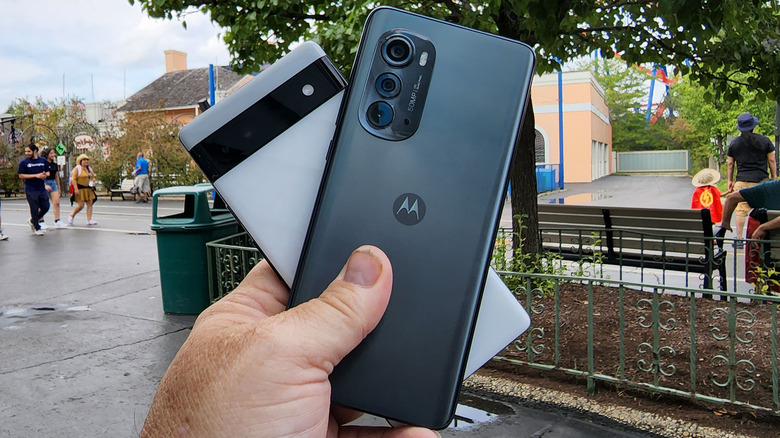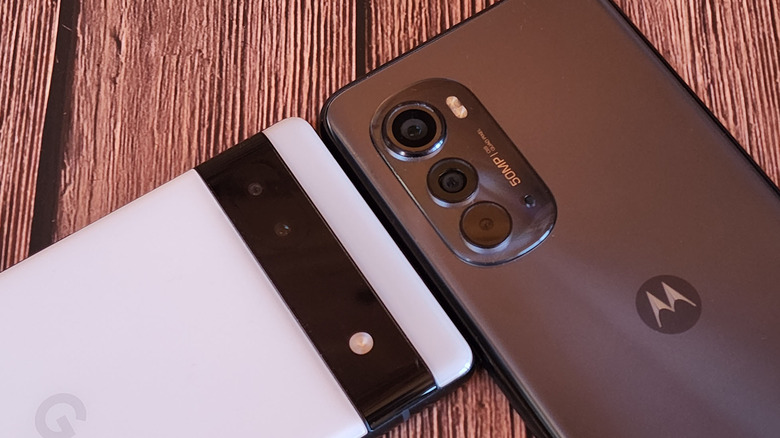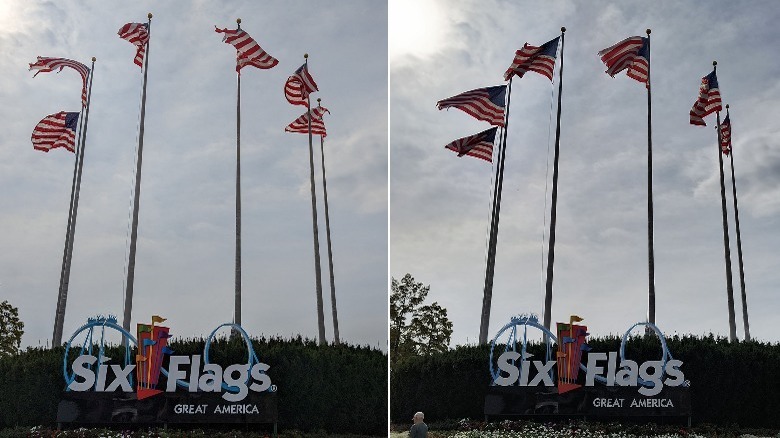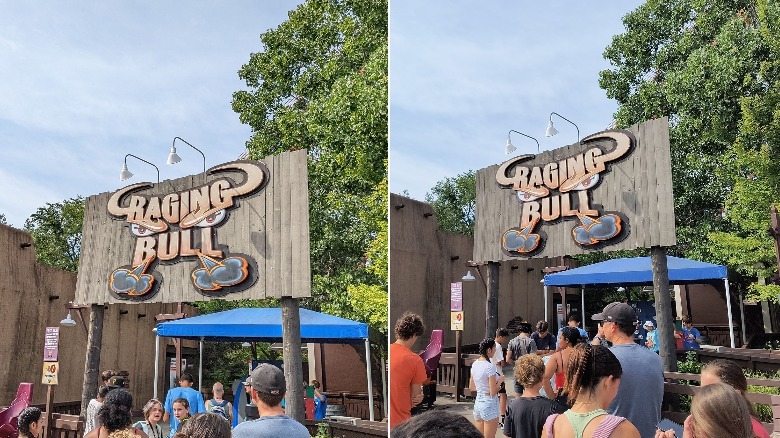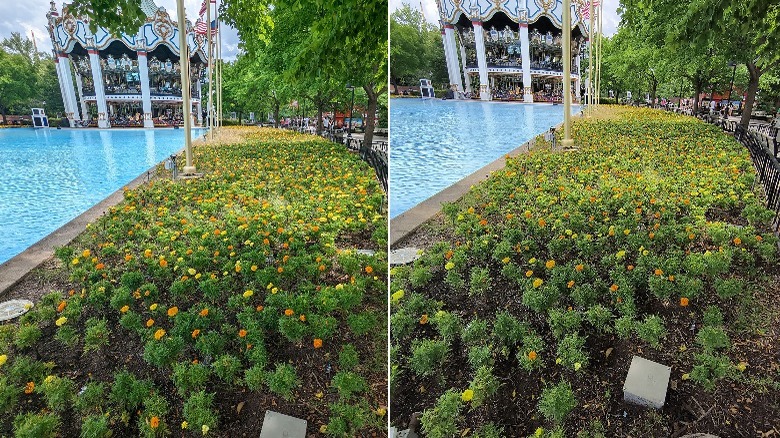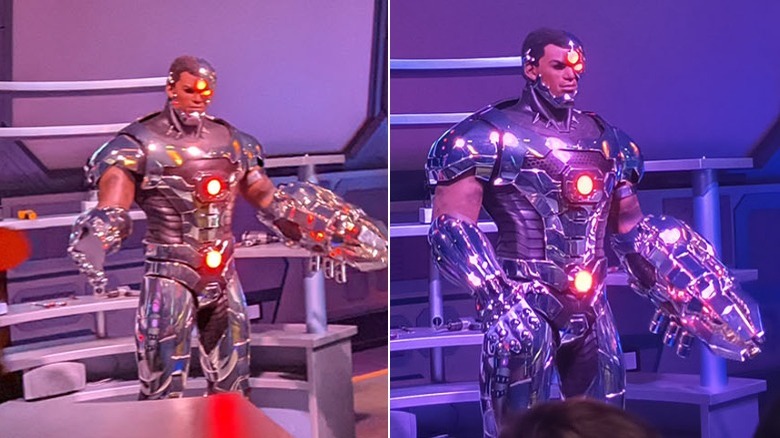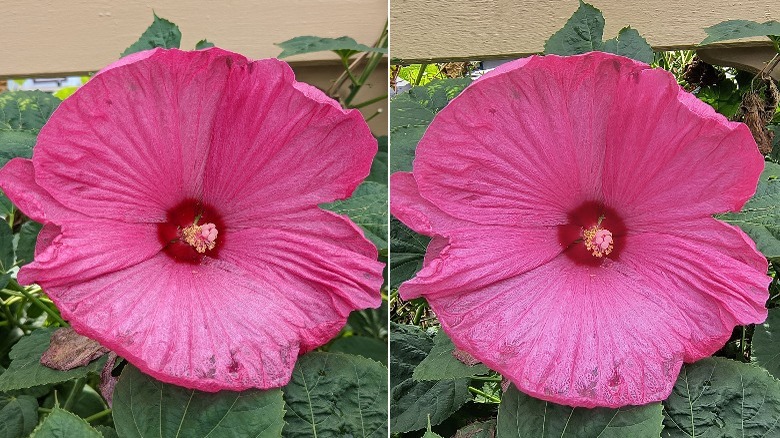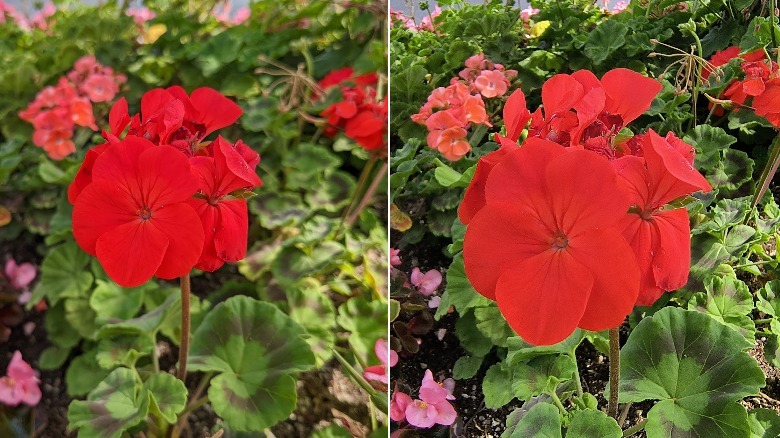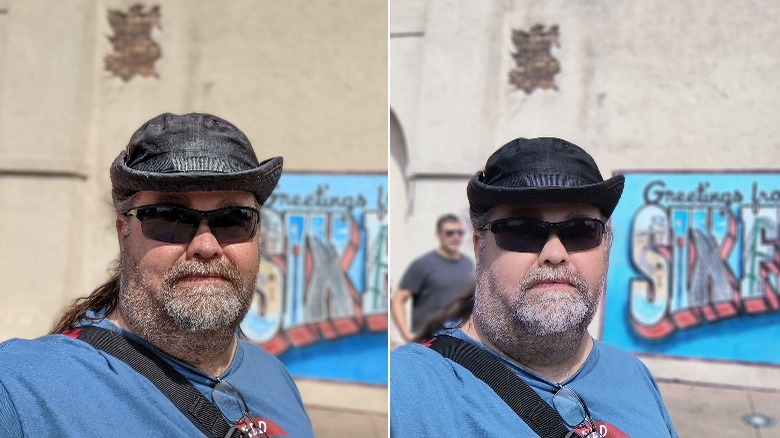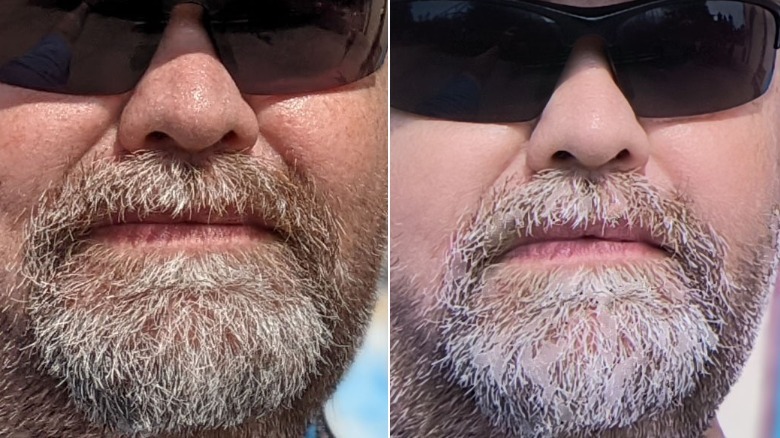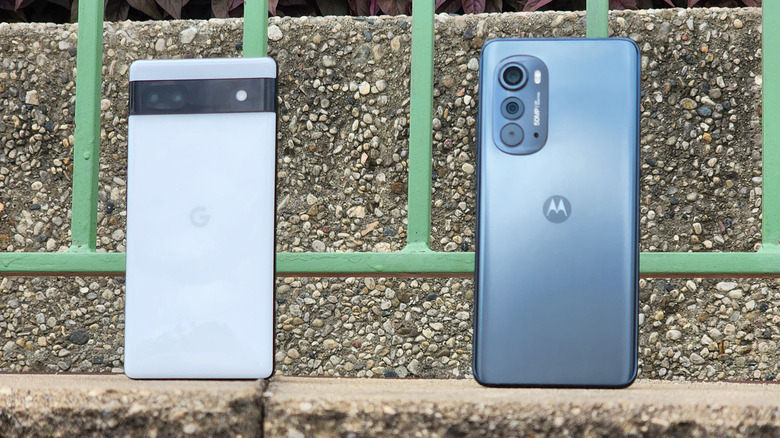Moto Edge (2022) Vs. Pixel 6A Camera Comparison: Midrange Shootout
This camera comparison comes from a pair of phones that, on the surface, seem to be a mismatch. That's only, though, because of how the phones are being positioned by their respective companies. The Google Pixel 6A is Google's budget offering, serving up consumers its flagship processor and photographic smarts in an affordable package. Contrast that against the Moto Edge (2022). which Motorola positions as the latest in its premium brand.
Granted "premium" for Motorola is a fairly low bar, given the rest of the phones it makes. You'll have to check out our full review of the Moto Edge to see how it stands up, but for now, we have two phones which retail within $50 of each other, each claiming its own part in the larger landscape. If you're budget-conscious, these are two phones that you might consider for their balance of camera tech with affordability, so we wanted to see how they stacked up against each other.
Checking out the hardware
On the hardware side, Google seems a much more midrange offering with dual 12-megapixel sensors for its main and ultrawide cameras. The main camera is actually 12.2 megapixels with an f/1.8 aperture and 1.4µm pixels, while the ultrawide camera is a 12-megapixel shooter with an f/2.2 aperture and 114-degree field of view. The main camera on the Pixel 6A is a mainstay from previous generations of Pixel phones and is capable of capturing some great shots.
On the Motorola side, the Moto Edge (2022) sports a 50-megapixel sensor with f/1.8 aperture and 1 micron pixels. That's accompanied by a 13-megapixel ultrawide camera with f/1.5 aperture and 120-degree field of view, as well as a 2-megapixel macro camera. On paper, Motorola seems to have the edge (no pun intended), but Google's long history of photographic excellence could give those specifications a run for their money. This will be a close race.
All the photo sets below will have a photo from the Pixel 6A on the left and the Moto Edge (2022) on the right.
It's not all about the megapixels
Right off the bat, The Moto Edge (2022) has the edge with its 50-megapixel camera capturing a lot more detail that the Pixel 6A. Notably in the first photo features the eponymous flags of Six Flags Great America, the Moto picks up wear from the edge of the flags. The Pixel 6A isn't capable of that detail. Graininess is also much more prevalent in the Pixel 6A photo, though the Moto's photo is not flawless.
The Moto Edge's camera also demonstrates a bit of lens flare on a regular basis, that isn't present in the Pixel 6A's photos. As for color science, it's a bit of a mixed bag. While one camera produces a much more accurate color profile on one set of photos, the other produces a better color profile on the next set. There's no consistency between the two, but that's not necessarily a condemnation of either camera; the differences between the two are minimal.
Taking in the whole scene
That color inconsistency stays true in the ultrawide camera as well. In one set of photos, one of the phones produced warmer tones, while the other yielded pale colors. Meanwhile, the ultra wide cameras yielded opposite results. Color consistency between the two lenses is equally hard to gauge on both phones, but it's fair to say that the Pixel tends to shoot warmer than the Moto.
The Pixel 6A has a wider field of view which is essential in an ultrawide camera. Photos on the Pixel 6A also look more natural than those taken with the Moto, which tend to look a bit more washed out. Google is using its extensive experience in photo processing to produce a desirable result, and in the case of the Pixel 6A, it's working. So overall, I have to give the nod to the Pixel, but both phones perform well.
When the lights go down
Like most phones in the midrange space, low light performance is where things take a turn. Overall, though, I'm much happier with my results from the Moto phone. Both phones have built in night modes, but for my testing, I left the phone in Auto mode due to the moving subjects in the shot. If you're shooting nightscapes, and especially astrophotography, you'll want to go with the Pixel any day of the week. But when it comes to moving subjects, the Moto Edge (2022) does a pretty good job. Unfortunately, for both phones, the ultrawide sensor just doesn't hold up.
Both phones have a night mode, and for the most part, there's little difference between the results. I actually prefer the auto-mode version on both phones. Overall, low light photography is a push. While the Moto Edge (2022) performed better in these tests, the Pixel's Night Sight and Astrophotography modes — which work better with stationary subjects — put it over the top for how I typically take night photos. Your mileage may vary.
Zooming in
The Moto Edge (2022) has a 2-megapixel macro camera designed specifically for getting those tight closeups. That camera, to put it bluntly, is not good. Yes, there is good detail, but the background is flat and starkly lit. The Pixel 6A on the other hand exhibits very nice natural bokeh in the background for a great look. Macro images captured with the Pixel look smooth and natural, despite it not having a dedicated macro sensor. It's not even close.
The presence of a 2-megapixel macro cam is largely a numbers game for Motorola. Frankly, a "triple camera system" sounds better than a "dual camera system." While the camera sensor is functionally better than a potato, they're both about as useful for getting a close-up image. That being said, you can take photos that are marginally better by simply ignoring the prompt to switch to macro mode and pushing ahead with the main sensor. Even then, the Pixel 6A still does a better job.
Turning it around
The selfie cameras on the Pixel 6A and Moto Edge (2022) weigh in at 8-megapixels and 32-megapixels respectively. Like the main sensors, the selfie sensor on the Moto runs cool, while the sensor on the Pixel 6A has warmer tones. This is a case where the size of the sensor absolutely does not match with the output. The Moto Edge's selfie camera loses a ton of detail, even blurring the hair in my beard together into a bit of a mess (you can see this in the 100% crops below).
As for portrait mode, both phones do a pretty respectable job. The best place to look is around the hair, which is always the toughest to separate out. Most of the time, whisps of hair will be artificially blurred along with the background of the image. Both phones do that here as well, on both the front and rear cameras. The Pixel 6A is ever so slightly better in this area, keeping my pony tail mostly intact, while the Moto Edge loses it entirely.
It's worth pointing out that portrait mode is especially tricky around the hairline, and very few manufacturers get it right. Even fewer (if any) get it right at this price point. There's little to complain about here, but the Pixel 6A does it just a bit better than the Moto Edge (2022).
Add in the extras
When it comes to camera extras, few smartphone cameras will stand up to what the Pixel 6A offers. Most notably, you get the Magic Eraser tool, which is one of the most mind-blowing features to come to a smartphone camera. With Magic Eraser, you can basically remove anything you don't want in a photo. Got a random person walking through your shot? Gone. Got a bench over your left shoulder? Hasta. It's really neat, and I love using it. An example can be seen above. In this particular case, it's not perfect, but a little cropping can go a long way.
On Moto's end, my favorite feature is the spot color tool which allows you to pick a single color in your shot and switch everything else to black and white. It's very like color pop on the Pixel (and most other phones) but it sets the scene on the fly and is also available for video. That being said, it can be tricky to get the color you want on the fly. Color pop is a much better mechanism for that.
Wrapping it up
Overall, both phones offer very serviceable cameras: it's hard to pick a winner between the two. The Pixel 6A won more categories, which is great, but the Moto wasn't far behind in any of them. In general, when it comes to shareability of photos, I prefer the Pixel 6A in terms of getting that great shot when you pull your phone out of your pocket.
But when it comes to usability, I much prefer the Moto Edge (2022). The wrist-twist that you use to launch the camera is super intuitive and I miss it when I'm using other phones. Add to that Google's stubborn insistence at putting the power button above the volume rocker. You might be wondering what that has to do with the camera? I'm so glad you asked.
When I'm putting the phone in my pocket, I usually power the phone off since I'm no longer using it. But when the camera is open, the volume rocker works as a shutter button (which you can turn off by the way). But the result is, I took over a dozen photos of the sidewalk or the inside of my pocket during my testing, which was maddening when sorting through photos later on. That earns the Pixel 6A a big ding in my book, so if you forced me to use a phone as a camera, I would probably gravitate to the Moto Edge (2022).
